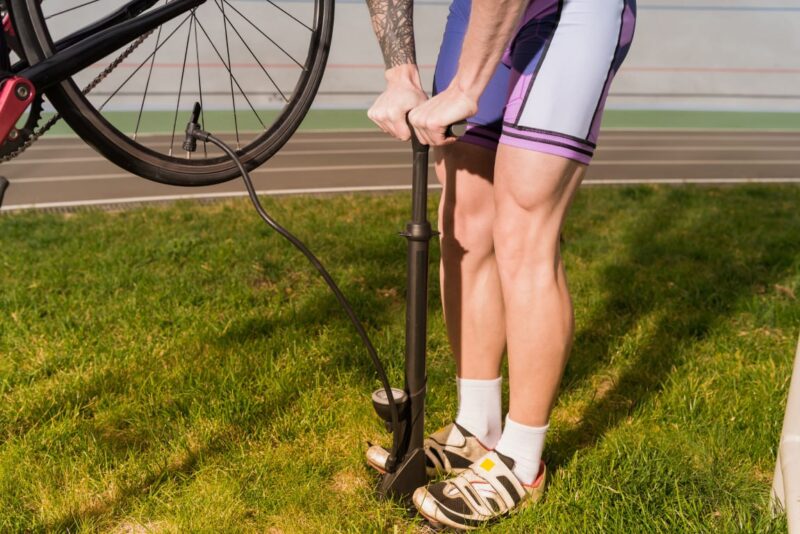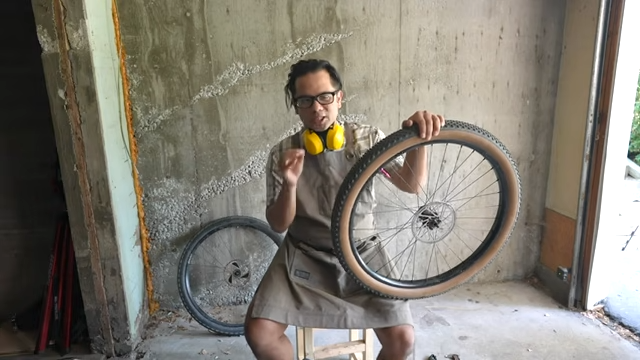
As an avid cyclist or casual rider, you know the importance of a securely positioned bike seat. A tilting or moving seat can not only compromise your riding comfort but also affect your performance and safety.
You’ll discover the common causes behind a tilting or moving bike seat, and learn effective fixes to keep your bike firmly in place.
By addressing these common problems, you can enhance your cycling experience and focus on the joy of the open road.
Key Takeaways
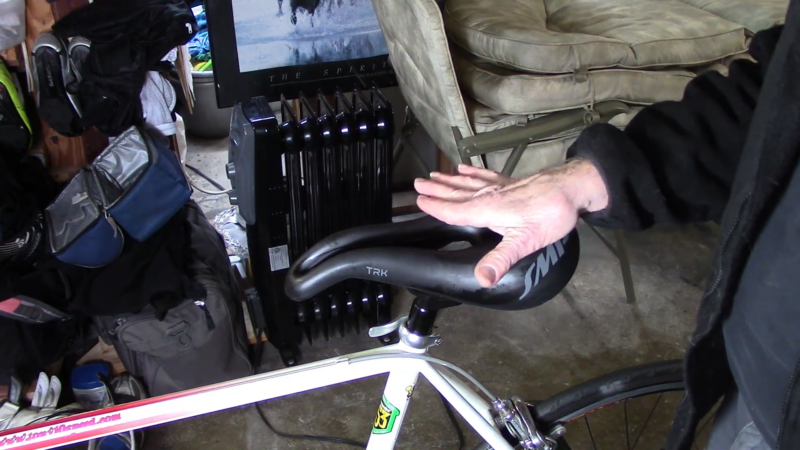
- Identify the underlying reasons behind a tilting or moving bike seat
- Utilize practical fixes to securely position
- Improve your riding comfort and performance by addressing seat issues
- Maintain the proper alignment and tightness for a safer ride
- Recognize the severity of the problem to determine the appropriate solution
Bike Seat Tilting Issues
Bike seat tilting can be a frustrating issue for cyclists, impacting both the comfort and stability of your ride. Understanding the common causes of a tilted or moving bike seat is the first step in finding a lasting solution.
Common Causes
The causes of bike seat tilting can vary, but some of the most frequent culprits include:
- Improper installation or adjustment of the post and clamp
- Worn-out or damaged components, such as the rails or clamp
- Sudden impacts or collisions that can displace the seat
- Insufficient tightening of the clamp or other hardware
Identifying the Severity of the Problem
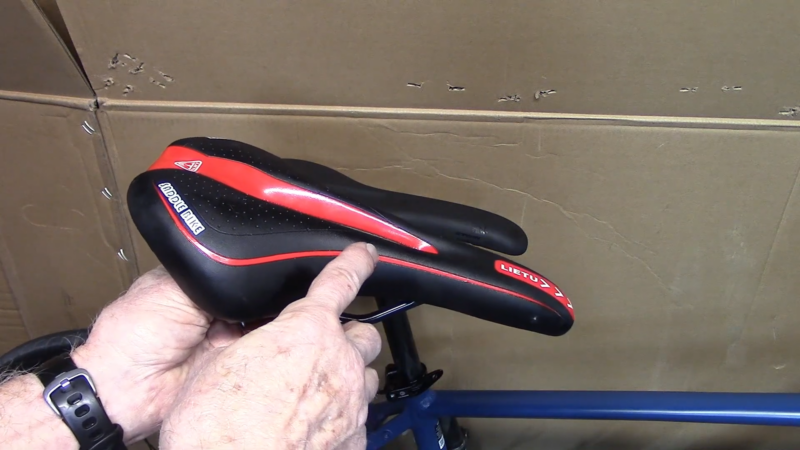
The severity of a bike seat tilting issue can range from a minor annoyance to a safety hazard. It’s important to carefully assess the problem to determine the appropriate course of action. Consider the following factors when evaluating the severity:
- Degree of Tilt: A slight tilt may be manageable, but a significant angle can severely compromise comfort and control.
- Frequency of Occurrence: If the seat is constantly shifting, it’s likely a more serious issue that requires attention.
- Stability During Riding: A seat that feels unstable or wobbly, even at low speeds, could indicate a structural issue.
By understanding the common causes and assessing the severity of the concern, you can take the necessary steps to restore the stability and comfort of your bike seat. Stay tuned for the next section, where we’ll explore the potential causes and fixes for bike seat tilting issues in more detail.
4 Potential Causes and Fixes
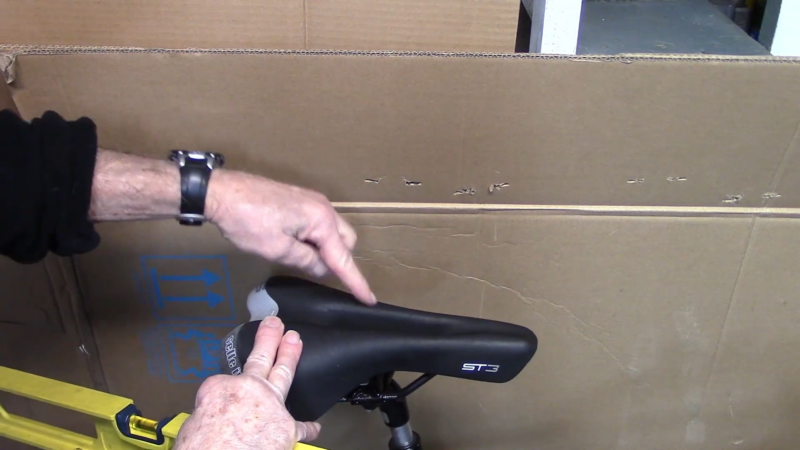
Dealing with a tilting or moving bike seat can be frustrating, but the good news is that there are often simple solutions. Let’s explore the four most common causes of bike seat tilting and the corresponding fixes to keep your ride smooth and comfortable.
Cause 1: Loose Clamp
If your bike seat is shifting or tilting, the first thing to check is the clamp. Over time, the clamp can become worn or loose, allowing the seat to move. Tightening the clamp bolt with a wrench is typically all it takes to solve this issue.
Cause 2: Worn Post
A worn or damaged seat post can also lead to a tilting bike seat. As the post wears down, it may no longer fit snugly in the frame, causing the seat to shift. Replacing the post with a new, properly-fitting component can help restore stability.
Cause 3: Improper Angle Adjustment
The angle of your bike seat can have a big impact on its stability. If the seat is tilted too far forward or backward, it may gradually shift out of position. Adjusting the angle to a level position using the tilt adjustment mechanism can typically resolve this problem.
Cause 4: Worn Rails
The rails that connect the seat to the post can also become worn over time, leading to tilting or sliding. Inspecting the rails and replacing them if they are damaged or excessively worn can help keep it firmly in place.
The Bottom Line
By understanding the causes and implementing the fixes outlined in this article, you can effectively address your bike seat tilting issues and enjoy a more comfortable, stable, and efficient cycling experience. Proper bike seat adjustment and maintenance are crucial for your safety and riding pleasure.
Remember, the key to addressing bike seat tilting lies in identifying the root cause, whether it’s loose components, worn-out parts, or improper installation.










